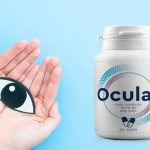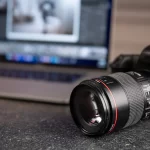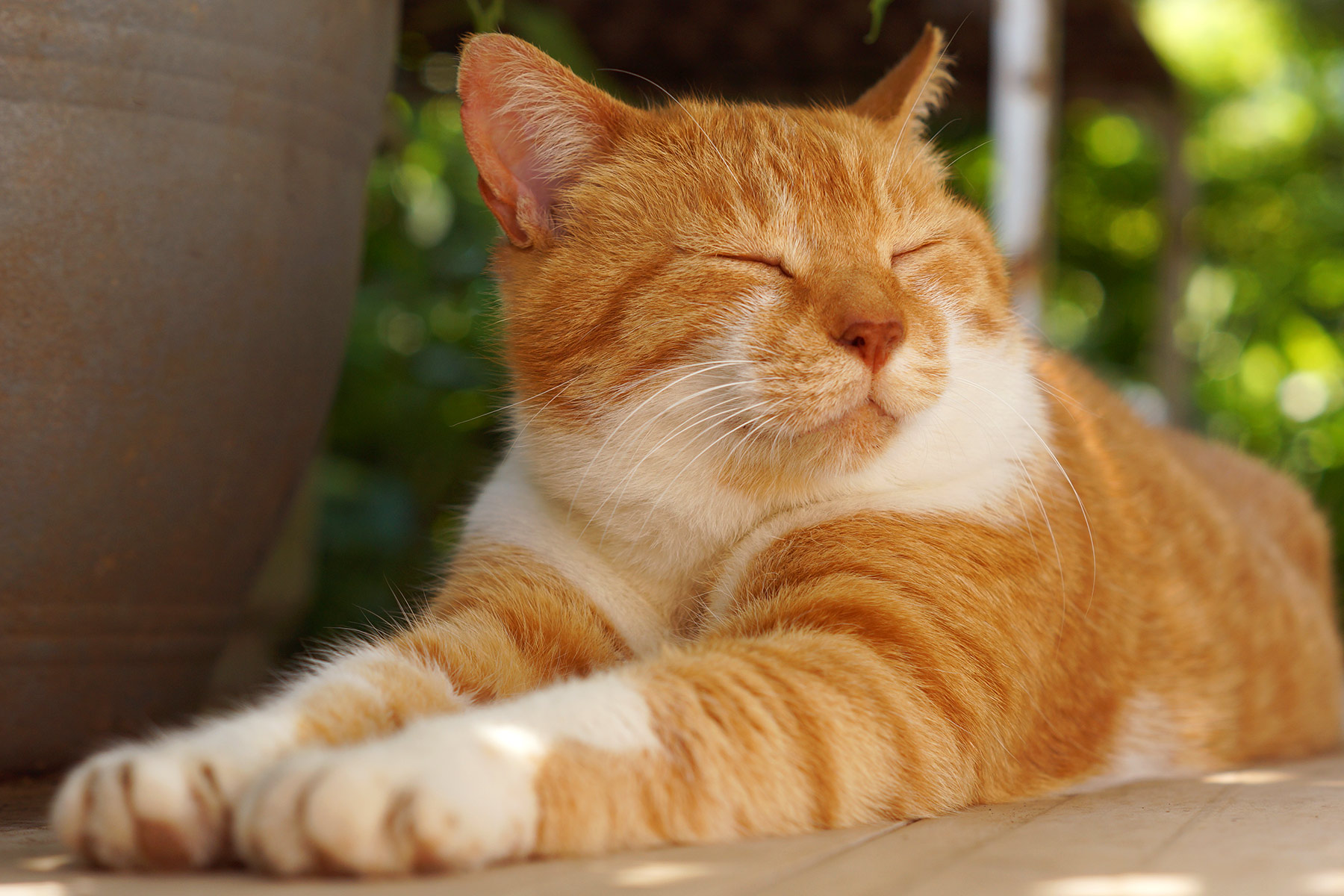Introduced as a complementary treatment to conventional medical and surgical therapy, equine acupuncture involves inserting sterile, fine, stainless steel needles into specific points of the horses’ physic.
With the aim of stimulating tiny nerve endings that carry impulses to the brain and spinal cord, it encourages responses within their nervous and endocrine systems.
Performed by an individual with a thorough knowledge of veterinary anatomy and physiology the effectiveness of equine acupuncture is determined from how and where the needles are placed.
Identified as helping the body to release natural painkillers such as serotonin, endorphins and enkephalins, acupuncture both treats and prevents disease by positively influencing the function of the horse’s body tissues and organ systems.
Described as being the first line of defence in treating and managing a whole host of equine conditions, acupuncture has a specific place in helping conditions such as arthritis, muscle strains or pain secondary to kissing spines- however, it has also been proven to alleviate: –
- Shortness of stride
- Stiffness
- Inability to bend on one or both reins
- Soreness
- Cold back
- Irritability
- Hopping or bucking during transitions
- Constipation or Diarrhoea without an infectious cause
- Skin infections and wounds
- Recurrent uveitis cases
- Respiratory problems during exercise and RAO
- Reproductive and fertility problems

Main Types of Acupuncture:-
Dry Needling: The most commonly recognized method of acupuncture, dry needling involves a fine sterile metal needle, ranging between ½ inch to 3 inches in length, being inserted into an acupoint and rested there for 20-30 minutes.
This has been the go-to for muscular trigger points and myofascial pain syndrome for many decades.
Acupuncture: A solution, such as Vitamin V12 is administered through a needed into a specific acupoint with the aim of generating prolonged stimulation in the area.
Often an alternative method from dry needling for horses of a restless nature due to it being a lot quicker process.
Electroacupuncture: Using dry needles, painless electrical impulses are targeted to muscles and nerve endings causing mild contractions.
This method is specifically beneficial for muscle atrophy, nerve injury and degeneration, and sore muscles.
Moxibustion: Identified as being particularly effective in treating arthritis, joint pain, stiff neck, shoulder pain, back pain, tension and stress, moxibustion involves the application of heat through burning specific herbs.
Carried out with the aim of replenishing body heat, it counteracts the effects of ‘dampness’ and ‘cold’ by supplying a direct implementation of heat energy.
When suffering from injury or disease, quality box rest is vital for your horse’s recovery. Beautiful range of internal stables and american barn offers comfort, practicality and style for horse and owner.
Mechanisms of Action:-
Local Effects: As the needle stimulates the nerve fibres in the muscle and skin around the acupoint, blood flow is increased in the immediate area and deeper tissue.
Blood circulation impacts many parts of your horse’s health, delivering oxygen and nutrients to every cell in their body, all whilst aiding various body functions.
Specifically, beneficially for kick-starting heeling, it keeps a horse’s muscles strong, encourages speedy recovery after disease or injury, reduces the pain and swelling of arthritis and even has been proven to improve their coat!
Segmental Analgesia: The easiest way to understand this action is through its definition, Analgesia means the ‘absence of sensibility to pain’.
Understood to be the main mechanism from which acupuncture can relieve pain, segmental analgesia is a process in which the acupuncture needles send certain signals to the spinal cord.
These signals influence response to painful stimuli in any part of the body related to the spinal cord nerves, ultimately reducing it and encouraging recovery.
Extra-segmental Analgesia: A stimulation that is not localised to the part of the body from which the pain arises, extra-segmental analgesia involves signals travelling the brainstem, ultimately stimulating the horse’s pain-suppressing mechanisms.
When extra-segmental analgesia is carried out the effects can extend to the whole body, encouraging a boost in general well being and health, it’s documented as not being the most powerful of acupuncture outputs but can help with treatment.
Central Regulatory Effects: Proven to generate calming effects, as the signals from the needles reach the uppermost part of the brain stem, the area that formulates basic, unconscious body functions, it can trigger an improvement in overall well-being.
Myofascial Trigger Points: The term ‘Myofascial’ refers to muscle, myo, and the connective tissue that surrounds and attaches the muscle, ‘fascia’.
Defined as hyperirritable spots associated with a tight band of skeletal muscle, these trigger points can be very painful on muscle contraction or compression.
This local tension can reduce the overall effectiveness of that muscle, acupuncture can relieve this by breaking up the scar tissue and adhesion in the fascial.
The needles are inserted into the trigger points and may stimulate activation of nerve responses, the release of hormones or a boost of the immune system function.
Conclusion
It’s important to remember that acupuncture isn’t a miracle cure, but its ability to propel and assist conventional medical treatments is well proven and documented.
Its presence in equine veterinary practice continues to grow and as horse owners, it something to keep in mind when dealing with health issues.
Author Bio
Emily Davis works at Cheval Liberté as community manager. Cheval Liberté have been designing, developing and producing stalls, internal stables, temporary stables and stable equipment since 1995, Driven by their passion for horses, Cheval Liberté was founded by both riders and breeders and since 2005 this passion has been implemented in the UK, with our North Wales company being the sole importer of Cheval Liberté products for distribution and erection throughout the UK & Ireland.









